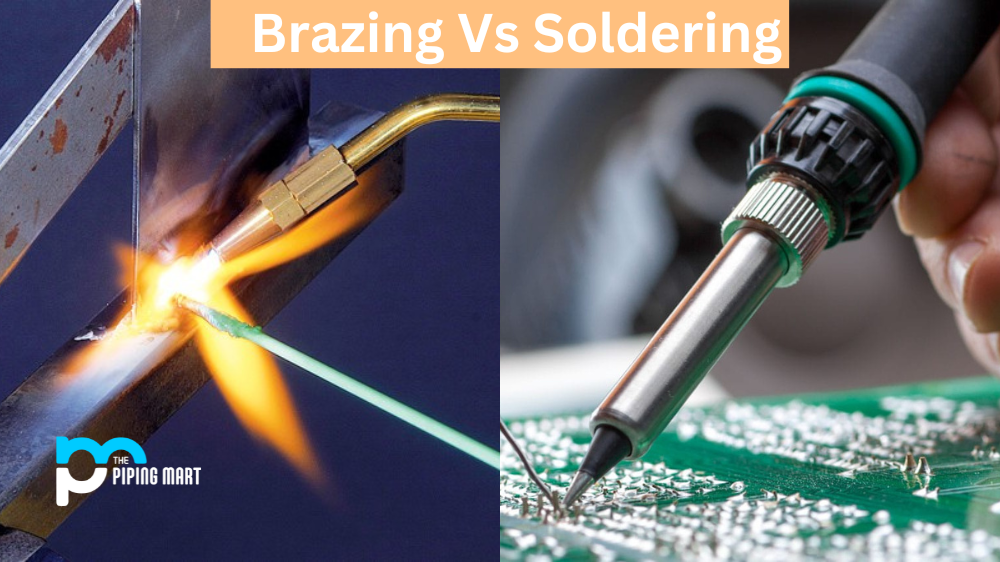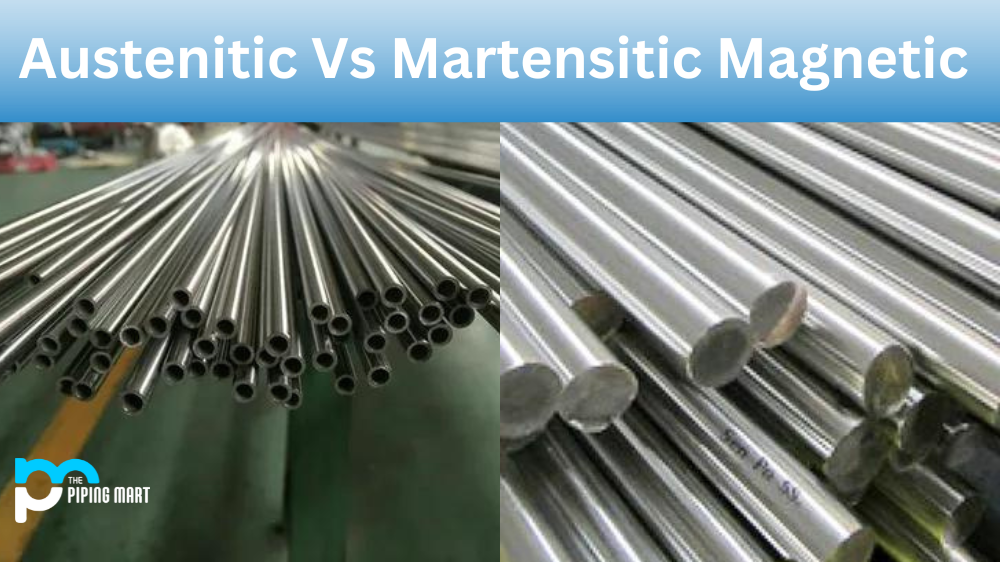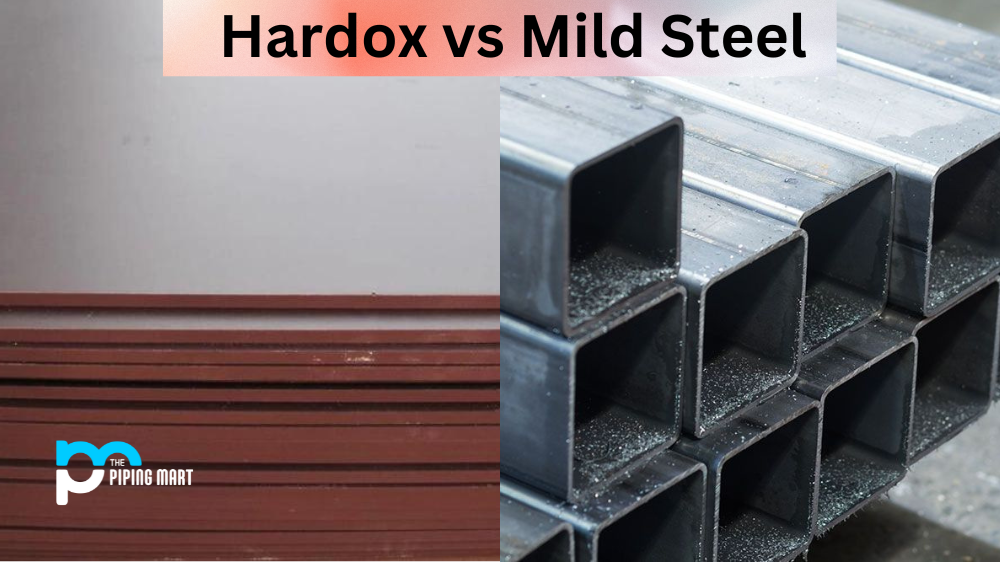When it comes to joining two pieces of metal together, you have two main options: soldering and brazing. Both processes involve melting a filler metal between the two surfaces, but they are different processes with different applications. Let’s explore the differences between these two methods.
What is Soldering?
Soldering is a process that involves heating a specialized alloy composed of lead and tin (called solder) in order to form a bond between two metals. The solder is heated until it melts, at which point it flows into the joint between the metals and creates a strong mechanical bond. The primary benefit of soldering is that it can be used on delicate components without damaging them. It is also relatively easy to perform, making it an ideal option for DIYers and hobbyists.
What is Brazing?
Brazing is similar to soldering in that it uses a filler material to join two pieces of metal together. However, where soldering uses lead and tin, brazing uses brass or bronze alloys that are composed primarily of copper and zinc. This alloy has a higher melting point than solder, which means it can be used to join thicker pieces of metal together without damaging them. In addition, because brass and bronze are stronger than solder alloys, they can create stronger bonds that are better able to withstand high temperatures or heavy loads without breaking down over time.
Difference Between Brazing and Soldering
- Brazing is a joining process that uses a filler metal to join two base metals together at temperatures above 840 degrees Fahrenheit.
- Soldering is a joining process that uses a filler metal to join two base metals together at temperatures below 840 degrees Fahrenheit.
- Brazing requires the use of a torch or other heat source, while soldering can be done with a soldering iron.
- Brazing can be used to join metals of dissimilar compositions, while soldering is typically used to join metals of similar compositions.
- Brazing can create stronger joints than soldering, but soldering is typically considered to be a more aesthetically pleasing method.
Conclusion:
When deciding which method—soldering or brazing—to use for your project, you should consider what type of materials you will be working with as well as how much heat you need to apply in order to make the connection secure. If you are working with delicate components or thin sheets of metal, then soldering may be your best option; however, if you need an extra-strong bond, then brazing may be what you need instead. By understanding the differences between these two joining methods, DIYers and hobbyists alike can make informed decisions about their projects, so they get the results they desire!

Abhishek is a seasoned blogger and industry expert, sharing his insights and knowledge on various topics. With his research, Abhishek offers valuable insights and tips for professionals and enthusiasts. Follow him for expert advice on the latest trends and developments in the metal industry.




